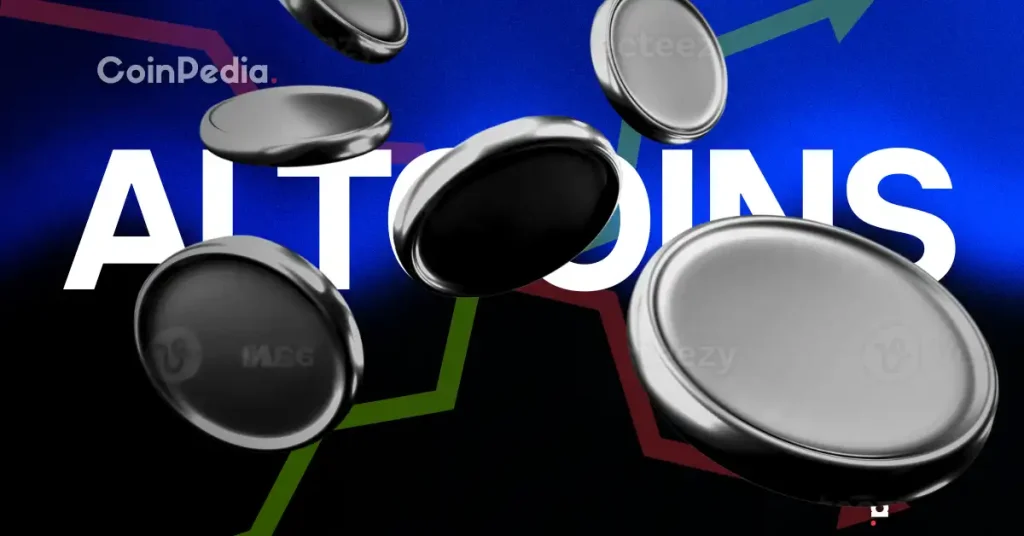Cardano’s development path has been marked by obstacles as uncovered by its creator, Charles Hoskinson. He openly discussed the challenges faced, pinpointing the missteps in the blockchain’s direction and suggesting a new trajectory for its future. Alongside this, Hoskinson has ventured into the healthcare realm, offering a peek into Cardano’s redefined strategies and expansive initiatives—including sizable investments extending beyond cryptocurrency.
Why Did Cardano Stumble?
Once vying for a leadership position, Cardano encountered setbacks mainly due to its smart contract architectural decisions. Despite offering robust security, the inflexible design deterred developers, pushing them towards more adaptable systems like Solana. Hoskinson admitted this miscalculation, acknowledging the lost growth opportunities.
“We lost that wave of momentum, and Solana got it,”
he confessed about the strategic lapse. Although it avoided major security threats, Cardano’s inflexibility branded it as a challenging environment for innovation. Nevertheless, adaptation became crucial, evolving by 2025 to accommodate multiple coding languages while retaining its strong security.
What Are Hoskinson’s Healthcare Goals?
Beyond the realm of cryptocurrency, Hoskinson is investing in a progressive healthcare initiative stationed in Gillette, Wyoming. The $200 million project focuses on pioneering a patient-centric healthcare model employing artificial intelligence to enhance accessibility and cost-effectiveness. Additionally, blockchain technology usage is under consideration, especially for privacy-enhancing applications like zero-knowledge proofs.
The clinic aspires to set adaptable standards for medical methodologies, signaling a strategic diversification aligned with purposeful projects outside digital currencies.
What Lies Ahead for Bitcoin DeFi?
Looking at decentralized finance (DeFi), Hoskinson cast doubt on Ethereum’s long-standing dominance, speculating that its dependence on layer-2 solutions might fail to uphold its position. There is a possibility that these solutions could migrate, risking Ethereum’s competitive edge.
In contrast, he viewed Bitcoin optimistically within DeFi, considering it a potential “sleeping giant.” He proposed that once Bitcoin’s DeFi infrastructure reaches maturity, it could potentially surpass Ethereum’s market capitalization in total value locked.
Cardano’s activity has been on the climb, achieving notable metrics in open interest and on-chain volumes by late 2025. This indicates a favorable reception to its strategic redirection, helping to stabilize its presence and competitiveness. The success of Cardano’s renewed strategies in cementing its long-term position in both blockchain and other sectors remains a developing story.
Disclaimer: The information contained in this article does not constitute investment advice. Investors should be aware that cryptocurrencies carry high volatility and therefore risk, and should conduct their own research.

















 English (US)
English (US)